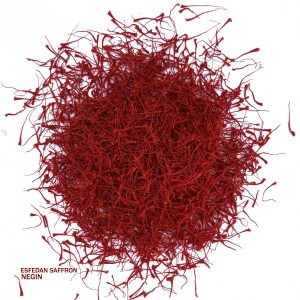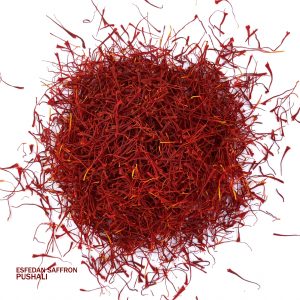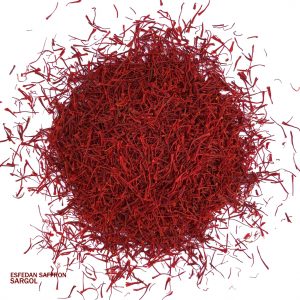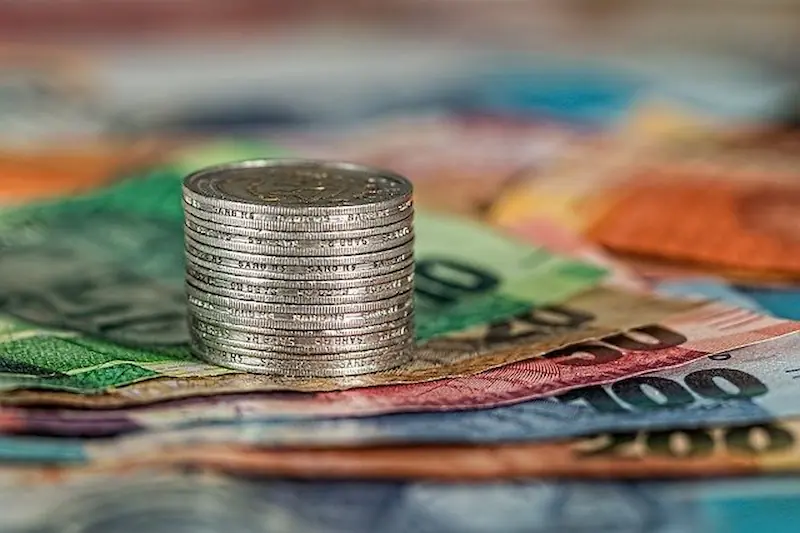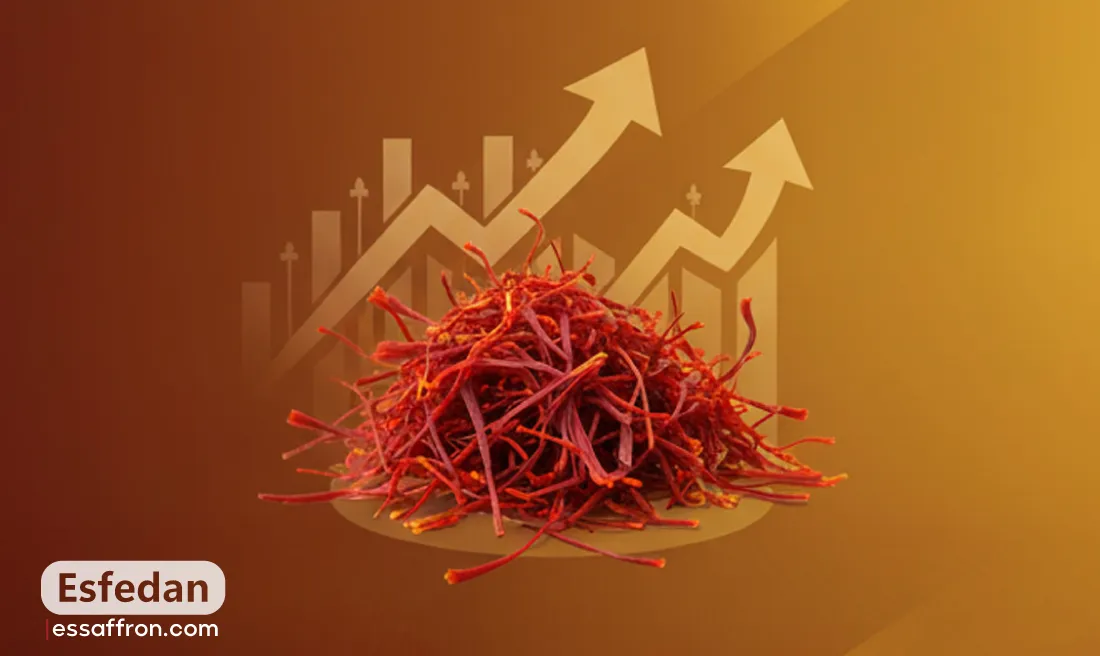As mentioned above, saffron is the most expensive spice that comes from the crocus sativas plant. The flower was first cultivated in Greece and was later it was planted and harvested in Iran, Spain, India, etc. However, there are many differences between Persian saffron vs. Spanish saffron. Saffron may be everywhere in the world, but most of them are imported. Saffron may be everywhere in the world, but most of them are imported. Buyers can get access to an easy, all-inclusive, and science-based tool to identify fake saffron with this article. The handy methods in this post will assist you in determining whether saffron is genuine or not and ensure that you are buying an authentic and worthy product. This blog also answers a few frequently asked questions, such as How can I tell if saffron is real or fake?
How to Spot Fake Saffron: Key Identification Methods
saffron is the most expensive spice that comes from the crocus sativas plant. The flower was first cultivated in Greece and was later it was planted and harvested in Iran, Spain, India, etc. However, there are many differences between Persian saffron vs. Spanish saffron. Saffron may be everywhere in the world, but most of them are imported.There are a few methods to spot fake saffron. However, in this article, we will introduce 8 ways to spot fake saffron.
1. The Look / Appearance of Saffron
The most crucial test in the identification of real saffron threads from counterfeits is by visual inspection. Through a close examination of its physical appearance, it is possible to obtain early indicators of the authenticity of saffron.
2 .The Color of Saffron
The threads of real saffron are characterized by a deep and uniform red to dark maroon colour throughout their length. A natural gradient is often found near the base of the thread, where the stigma is attached to the style, showing a more yellowish-orange colour. On the other hand, real saffron should not have an unnaturally bright, neon or uniform red colour, as this is usually indicative of artificial dyes being added to materials that are not saffron. Fake saffron on the other hand is usually unnaturally bright, not uniform in colour, or contains yellow or orange streaks of adulterated plant matter.

3.The Shape of the Threads
When purchasing saffron, observe the shape of the threads. Genuine saffron threads are typically 2–4 cm (1–1.5 inches) in length, with a trumpet-like tip, which is wider and somewhat frayed at one end where the stigma naturally flares open. The opposite end is thinner and may appear rough or cleanly cut. This asymmetry is normal and indicates authenticity.
Fake saffron, however, often appears too uniform or perfect. The threads may be straight, evenly cut, or unnaturally fragile, breaking apart too easily. Some fakes are made from dyed corn silk, paper fibers, or even plastic, which crumble or feel unnaturally smooth. If the threads are all identical with no natural variation, they’re likely not real saffron.
4.The Length of the Threads
Pay attention to the length of the threads during the saffron check. Real saffron threads tend to be long and thin with irregularities. This indicates that the threads have been carefully hand-harvested from the Crocus sativus flower. Some variance in the size of the threads is normal in a given batch of saffron.
Threads that are too short, uniform in size, or appear overly processed may indicate low-quality or blended saffron. An excess of broken pieces and powdery fragments are another possible indication of poor quality or counterfeit material.
5.The Touch Test / Texture of Saffron
Texture (touch) is a simple but effective way to detect fake saffron. Real saffron threads should be dry and slightly brittle, but they should also have a little flexibility and not break immediately when bent. The threads should not feel soft, tacky or oily which could indicate the presence of added moisture or other coatings to increase the weight.
Rubbing the threads gently between your fingers, real saffron should feel slightly rough and fibrous, but should not readily disintegrate into a powder. Threads that fall apart easily when rubbed between fingers, have an oily texture or are rubbery and stretchy, are probably fake or adulterated with other substances such as sugar syrup, wax or glycerol.
6.The Smell Test / Saffron’s Aroma
Smell is the easiest way to determine if saffron is real. True saffron should have a deep, distinct aroma — sweet, floral, hay-like with very subtle earthy or honey notes. It should not smell chemical, metallic, too perfumed, or artificial in any way.
Grab a few threads and gently rub between fingers or warm in your hands. A strong, complex scent should start to develop gradually. Saffron that has no smell or only a little smell, or smells musty, chemical or moldy is likely fake or has been stored improperly.
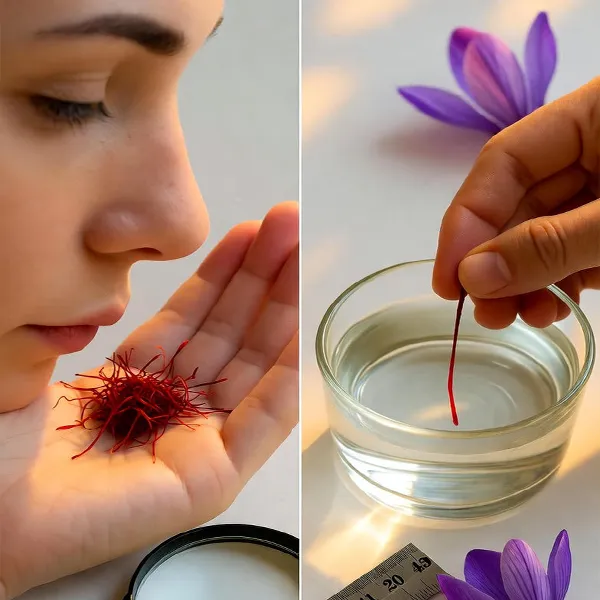
7.The Taste Test / Saffron’s Flavor
You can also test saffron by tasting it. Genuine saffron has a distinctive flavor that is slightly bitter, earthy, and a little sweet, but never cloyingly sweet. It should have a subtle, complex taste that enhances food without overwhelming it.
To perform this test, chew one thread slowly. Real saffron should release a lasting, balanced flavor that develops on your tongue. If it tastes bland, metallic, too sweet, chemical, or artificial, it is likely fake or adulterated. The taste of real saffron should feel natural and nuanced, with the complexity of real plant compounds.
8.The Water Test / Saffron’s Reaction in Water
The water test is one of the simplest and most reliable tests to see if your saffron is real or fake. It demonstrates how the threads release color and whether they retain their form in liquid.
Procedure:
Place a few strands in a small glass of warm water (about 40–50°C). Do not stir immediately.
Real saffron: The water will slowly turn golden-yellow over 10–15 minutes. The threads will retain their deep red color and form, gradually releasing pigment from the inside. This slow release of color is natural. Real saffron does not immediately dye the water, and the threads do not lose their integrity.
Fake saffron: Artificial saffron often dyes the water immediately, sometimes bright red or unnaturally orange. The threads may lose their red color, turn pale, or fall apart into mush or powder. This immediate bleeding of color is a clear indication of dyeing or adulteration.
This simple water test can be a powerful tool in detecting fake saffron and ensuring authenticity.
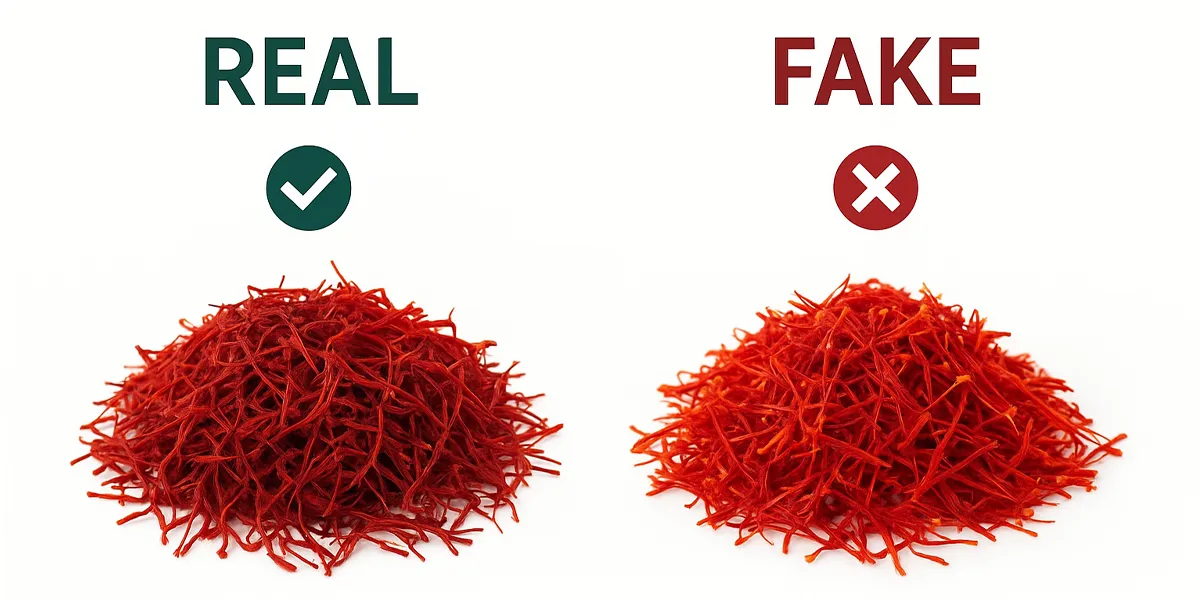
Common Saffron Adulterants
Understanding saffron adulterants, or common forms of fake saffron, makes it easier to identify fake saffron. Fake saffron is often made by adding these substances to imitate the appearance of real saffron, to add weight or bulk, or to cut costs, selling cheap or lower-quality products at the expense of flavor or efficacy. Knowing the most common saffron adulterants makes it easier to spot subpar or fake saffron before it is purchased.
Fake or low-quality saffron products often have substances added to make them resemble real saffron threads or increase weight. The most common forms of saffron adulterants include:
- Dyed Corn Silk: Cut into thin strands and dyed red to resemble saffron.
- Safflower (Carthamus tinctorius): Cheap safflower petals are similar in color and are sometimes sold as “poor man’s saffron.”
- Calendula (Marigold) and Poppy Petals: Dried and sometimes dyed to imitate saffron, it is often mixed in to add bulk.
- Turmeric: Powder or dye added to color ground saffron, often in powdered saffron.
- Coconut Fiber: Thin coconut fibers dyed red to resemble saffron stigmas; coconut fibers feel fibrous and inauthentic when encountered.
- Red Sandalwood or Paprika: Powdered wood or spice added as a filler or coloring agent in low-quality saffron.
- Glycerol or Sugar Coating: While real threads are sometimes coated in sugar syrup or glycerol to add weight, these substances can change texture and taste.
Fake saffron lacks the same aroma and flavor of pure saffron and also doesn’t contain the same beneficial natural compounds (crocin, picrocrocin, and safranal). Its presence in saffron products diminishes their quality, authenticity, and health benefits.
Is Saffron Powder Real? / Why to Avoid Saffron Powder
Powdered saffron is exponentially more likely to be fake or adulterated than whole threads. Ground saffron can’t be visually inspected, and simple tests such as color, shape, or texture are nearly impossible. It’s the perfect vehicle for blending in other cheap spices, synthetic dyes, or fillers like turmeric, paprika, cornstarch, or chalk.
The best way to avoid fake or low quality saffron is to buy whole, unbroken threads and to avoid buying saffron powder. It is one of the simplest and easiest ways to avoid getting duped or buying sub-par saffron. Fraudsters will use powdered saffron as a vehicle to mask inferior ingredients, so avoid powder for the sake of authenticity, quality, and safety.
Tips for Buying Saffron / Where to Buy Real Saffron
It goes without saying that you need to be very careful and should take proper measures to ensure the spice you are about to buy is not fake. Observe the following practical steps before making your investment in the golden spice to be confident that you are purchasing real saffron.
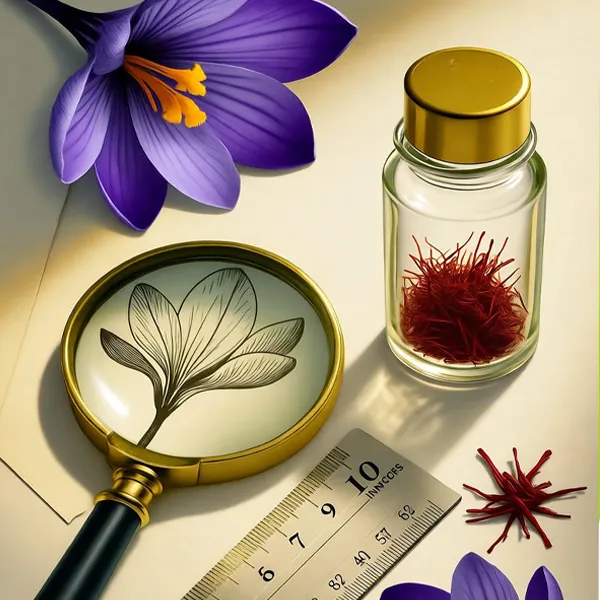
Purchase from a Trusted Seller
One of the best ways to be sure that the saffron you buy is not fake is to purchase it from a reliable and well-established trader. It is very rare for reputable saffron merchants to offer fake or poor quality saffron because it would ruin their reputation.
Esfedan Saffron Company is a well-known and trusted saffron dealer who has been in this business for over 60 years. As a leading national saffron exporter, Esfedan has been trading the golden spice with other countries for more than 21 years. The company has recently entered the international markets with high-quality saffron products. It now proudly exports saffron to over 50 countries.
Esfedan has a 14,000-square-meter manufacturing factory equipped with modern saffron processing and packing machines. Their facilities are capable of supplying high-quality saffron for the domestic market and for export.
Esfedan saffron comes with national and international certifications. You can be assured that Esfedan’s saffron is safe and of high quality by checking out their credentials. These certifications include ISO 9001: 2000, FSSC 22000, HACCP, Halal, and Iran National Standard.
If you are shopping for saffron online, ensure you are buying from a trustworthy source like Esfedan. Make sure the company has:
- Complete and transparent information about their products
- Valid certifications which prove their saffron is safe and of a high quality
- A long and solid reputation
Do not buy saffron from unfamiliar and unknown sellers, especially on big e-commerce sites. It is always best to avoid unknown shops and vendors unless they have verifiable credentials and consistent positive reviews.
Price Test / Price Matters
Real saffron is a luxury product, so it costs a lot of money as the harvesting is labor-intensive, and the available global supply is not big.
A red alert warning sign should be assigned when encountering a too-low-price saffron.
Cheap saffron prices that are too good to be true are most likely fake or a diluted product. Of course, everybody looks for a bargain, but an eye should be kept on the price.
A very cheap and often not labeled or imprecisely labeled (azafran silvestre (wild saffron), etc.) or bulk, non-packaged products can also indicate an alternative to Crocus sativus saffron and should be treated as inauthentic.
Check Packaging and Labeling
Another point to watch out for when buying saffron is the product’s packaging. First of all, authentic saffron must always be vacuum-packed or airtight in a dark or opaque package.
Transparent packaging is generally not very good because light and oxygen quickly lead to flavor, aroma, and color deterioration. The saffron should also have a label that explicitly states the country of origin (Iran, Spain, India, etc. ), the saffron grade (Category I, Sargol, Negin, ISO 3632, etc. ), and an expiration date or a date of best-before.
Inspection of the threads is an advantage of transparent packaging, which can also be protected against light (e.g., by a cardboard cover).

Health Risks Associated with Fake Saffron
Purchasing fake saffron can be a waste of money, but it can also have detrimental effects on one’s health. Fake saffron can contain non-food grade materials, artificial dyes, or plant matter that may be allergenic or have other negative health impacts. In some cases, counterfeit products may even contain toxic ingredients, heavy metals, pesticides, or other harmful contaminants that can cause short or long-term health issues. As the ingredients and quality of fake saffron are generally unknown and unregulated, consuming it can pose unpredictable and potentially harmful risks.
The Bottom Line
Discerning between authentic saffron and its counterfeit is not only important for culinary experience but also for health and value. Simple tests, such as evaluating appearance, texture, aroma, flavor, and solubility, can help minimize the risk of purchasing adulterated saffron.
Opt for whole threads from trusted sources with transparent labeling and certifications, and be wary of suspiciously low prices. By being diligent and following these guidelines, one can confidently identify genuine saffron and safeguard both their health and investment.





